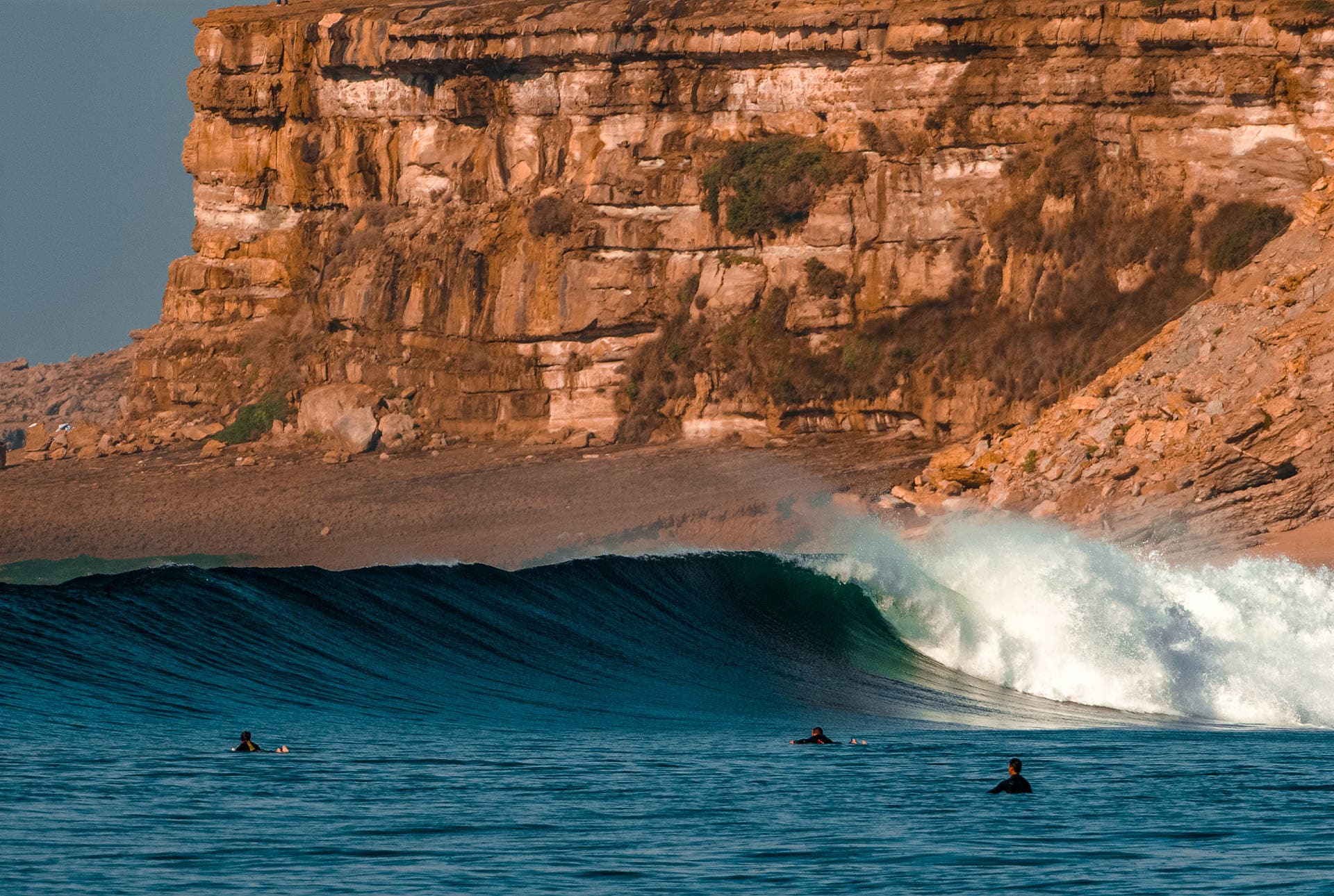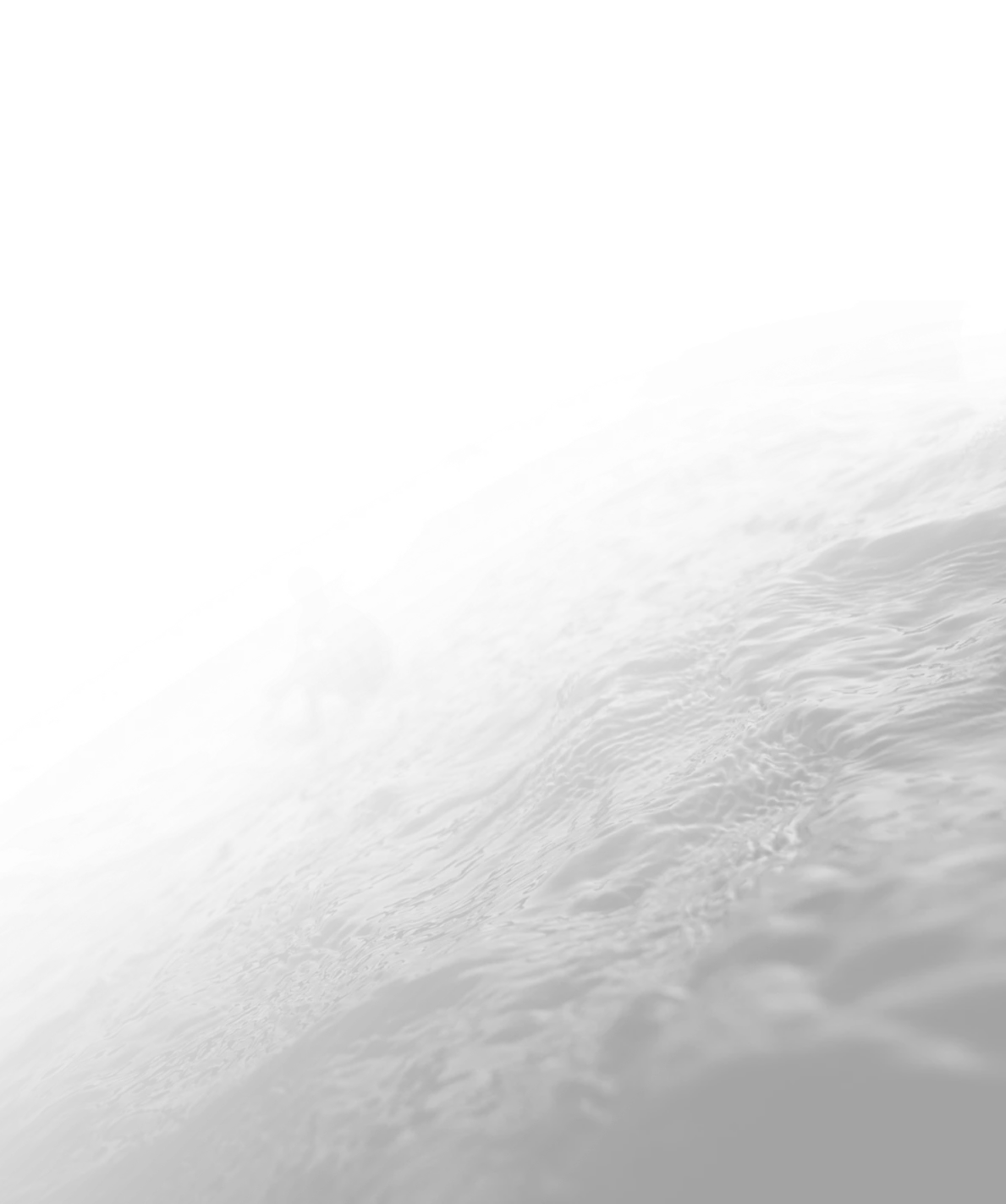Venturing into the captivating tapestry of modern surfing history, we dive into a narrative that spans centuries, cultures, and continents. At its core, surfing is a story of wave riding that has been woven into the fabric of humanity for generations. The history of surfing is a rich and fascinating tale, interwoven with the spirit of exploration, the ebb and flow of cultures, and the artistry of mastering the ocean’s energy.
Amidst the gentle lapping of waves on the iconic Waikiki Beach, the roots of modern surfing are deeply entwined with Hawaiian culture. Surfing began as more than just a leisure activity; it was a way of life, a spiritual connection between humans and the sea. The earliest surf historians, like Kim Stoner, help us peer through the mists of time, revealing how ancient Hawaiians practised the art of catching waves, not only on custom-shaped redwood boards but also through body surfing. This intimate relationship with the ocean spread, with the world gradually introducing surfing to its shores.
It wasn’t until the 20th century that surfing’s development truly caught the world’s attention. From the shores of Waikiki to the rolling waves beneath the Huntington Beach Pier, the allure of surf history transcended a mere pastime. Surf music played its catchy tune, while images of boys swimming through the surf zone captured the essence of youthful freedom. Yet, while the modern surfing culture began to take root, the narrative of surfing wasn’t confined to a single beach; it traversed oceans and continents. European Captain James Cook’s voyages across the Pacific Ocean brought surfing to the attention of the Western world, igniting curiosity and fascination for wave riding. From the ancient Polynesian culture to South America’s shores, the concept of riding waves became a part of diverse communities around the globe.
As we paddle further into this vast sea of history, we uncover stories of experienced surfers tackling big waves, of ancient Polynesians and Tahitian surfers riding the swells, and of the emergence of surfing as a popular pastime and competitive sport. From the smaller boards of the Pacific Islands to the crawl technique adopted at Manly Beach, each chapter in surfing’s history adds a layer to its rich tapestry. What began as an ancient Polynesian cultural practice evolved into a global phenomenon, a cherished tourist destination, and an arena for the world’s best surfers to showcase their skills.
So, join us on this voyage through time and tide as we uncover the origins of surfing, exploring the interplay of cultures, the evolution of surfboards, and the exhilarating journey of turning a natural phenomenon into an exhilarating sport. From its roots in ancient Polynesian culture to its present-day status as a beloved activity enjoyed around the world, surfing’s legacy is etched in the waves, forever riding the currents of human history.
Ancient Roots: Surfing in Polynesian Islands
Its origins can be traced back to ancient cultures, particularly the Polynesian islands, where wave riding was more than a mere physical activity—it was a profound spiritual and cultural practice. Known as “he’enalu” in Hawaiian, surfing held a central place in ancient Polynesian society.
These ancient Polynesians brought surfing to life, using traditional surfboards crafted from natural materials. It wasn’t just about the act of catching waves; it was a deep connection with the ocean and a reflection of the harmony they sought with their environment.
Surfing, as practiced by these early cultures, was a blend of skill, respect for nature, and a spiritual connection with the sea. It was a celebration of the ocean and a form of reverence for the gods.
The waves, believed to be gifts from the divine forces of nature, were ridden not just for the thrill of riding waves, but as a way to forge a deeper connection with the natural world and the spiritual realm.
The art of riding waves wasn’t confined to the shores of Polynesia; it eventually reached around the world, captivating people with its allure and power.
While ancient cultures laid the foundation for wave riding, it was in modern times that surfing evolved into the recreational and competitive activity we recognize today.
European Exploration and Surf Rediscovery
The reintroduction of surfing to the world owes much to the fascinating encounters between the Polynesian culture and European explorers.
In the late 18th century, Captain James Cook and his crew documented their interactions with the Pacific island natives, including their awe-inspiring displays of wave riding.
However, it took until the early 20th century for surfing to truly capture the imagination of a global audience. The newfound interest in this ancient practice can be largely attributed to the efforts of visionary individuals who recognized the potential of riding waves in a modern context.
In particular, the coastal town of Santa Cruz played a pivotal role in the renaissance of surfing. Around the 1930s, local surfers began experimenting with various techniques, reimagining the traditional art of wave riding with modern boards.
The introduction of lighter and more maneuverable boards, coupled with the picturesque beaches of Southern California, sparked a renewed fascination with the sport.
Surfing transformed from a regional curiosity to a burgeoning global phenomenon, ultimately leading to the establishment of surfing as a quintessential part of popular culture.
As ancient Polynesian wave sliding met Southern California beach culture, a dynamic synergy was born, setting the stage for surfing’s revival and widespread popularity as a beloved recreational activity enjoyed by enthusiasts around the world today.
Surfing’s Revival and Modern Evolution
Fast forward through the pages of surfing history, and we find ourselves at Waikiki Beach on the Hawaiian islands became a focal point for introducing surfing to the world.
Four teenage Hawaiian princes played a pivotal role in taking surfing beyond the islands, showcasing their wave-sliding skills and captivating public attention around the world.
They warmly embraced visitors and shared the art of wave riding, fostering a sense of camaraderie and community that extended beyond the sandy shores.
During this pivotal era, the influence of surf culture began to ripple beyond the boundaries of Hawaii, igniting a global fascination with the exhilarating practice of surfing.
As the “beach boys” introduced eager novices to the joy of riding waves, they simultaneously introduced the world to the magic of surfing.
The Golden Age and Surfing’s Popularization
The 1960s stand as a pivotal juncture in the history of surfing, signifying its transition from a regional pastime to a global phenomenon.
This transformative era was propelled by the influential documentary “Endless Summer,” a cinematic masterpiece that captivated audiences across the globe.
The film’s portrayal of surfers traveling the world to ride waves in exotic and distant locales ignited the collective imagination, drawing both newcomers and enthusiasts into the world of wave riding.
This exposure of the sport’s allure on the silver screen marked a crucial step in the evolution of surfing from a niche practice to a widespread passion.
As the 1960s unfolded, surfing underwent dynamic shifts in both equipment and culture. The advent of modern surfboards, characterized by shorter lengths and increased maneuverability, revolutionized the sport.
These lightweight “shortboards” enabled surfers to execute more intricate and daring maneuvers, adding a new dimension to the art of wave riding.
The 1960s witnessed the convergence of technological innovation and cultural resonance, setting the stage for surfing’s continued growth as a global phenomenon that resonates to this day.
Competitive Surfing and Professionalism
As the popularity of surfing continued to rise, competitive surfing emerged as a pivotal aspect of the sport. In 1976, the professional surfing association was founded, paving the way for surfers to make a career out of their passion.
The sport’s competitive landscape has evolved over the years, with athletes competing in various world-class events and vying for prestigious titles.
The Evolution of Surf Culture
Surfing transcended being just a recreational activity and became interwoven with popular culture, influencing music, fashion, and lifestyle trends. The sights and sounds of surf culture permeated society, and the sport’s impact was far-reaching.
Surfing’s cultural influence has been particularly evident in Southern California, where the laid-back beach culture and iconic surf spots like Huntington Beach and the San Lorenzo River have become synonymous with the sport.
Global Surfing Communities and Future Perspectives
Today, surfing has transcended borders, uniting individuals from all walks of life in their shared passion for wave riding. From the massive waves of the North Shore in Hawaii to the famous surf breaks of Australia’s Gold Coast, the sport has become a universal language spoken by millions.
Surfing’s popularity continues to grow, with new generations of surfers embracing its rich history and adding their own twists to the story.
From its beginnings in ancient Polynesia to its current status as a global sport, surfing’s journey embodies the resilience and passion of generations who have ridden the waves, making it not only a thrilling sport but also a testament to the enduring connection between humans and the ocean.
Today, the modern surfers who brave the waves of the Pacific Ocean stand on the shoulders of generations past, embodying the spirit of those ancient Polynesian surfers who first dared to ride the waves.

